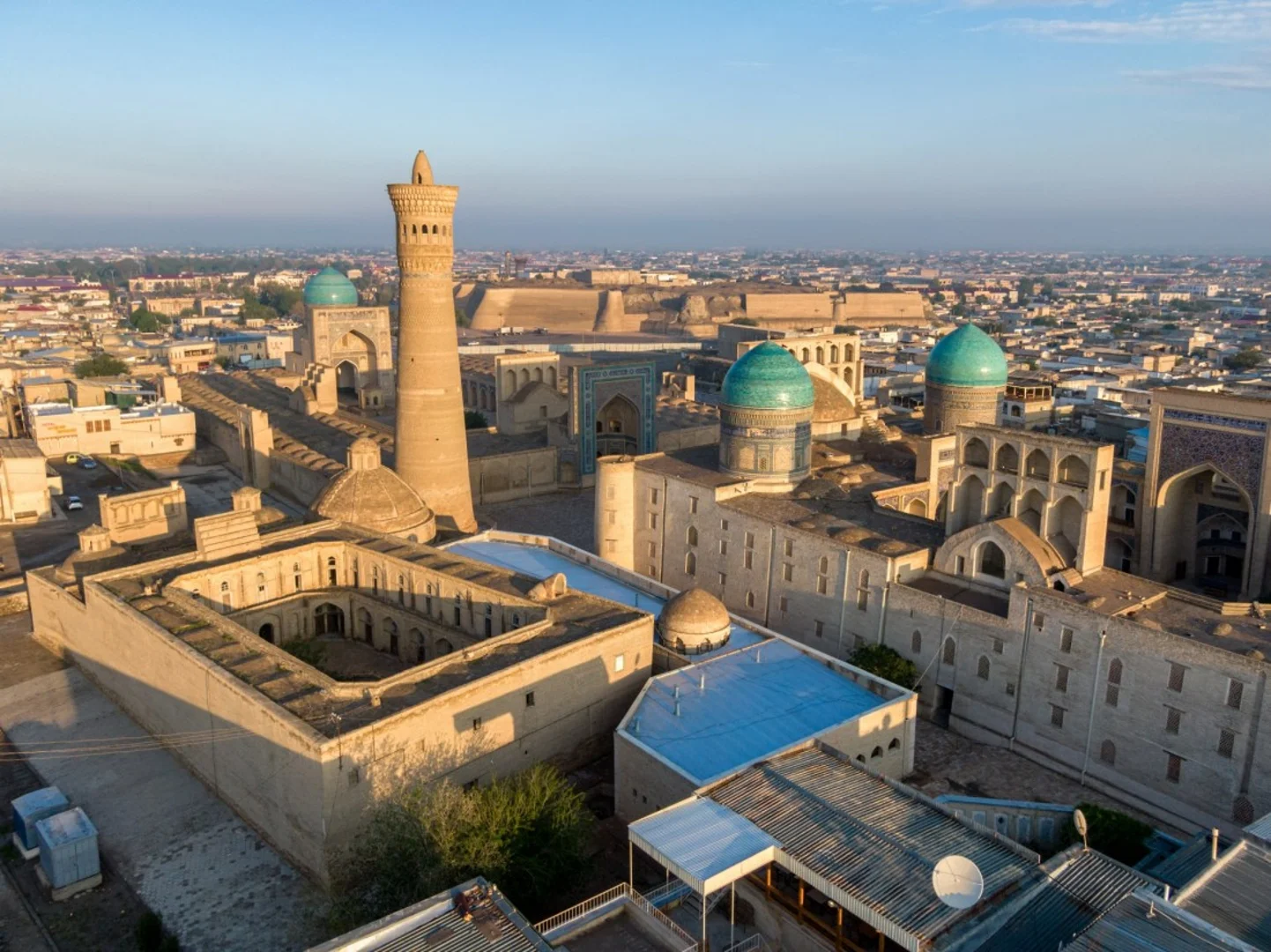The project covers a wide chronological range - from the early Middle Ages to the modern period. Special attention is paid to pre-classical and Islamic period monuments such as the ancient cities of Afrasiab and Minguriq. Despite the existence of extensive information about them, models have not yet been created.
"Every pattern, every brick of these monuments speaks of their era. They contain secrets, histories, and cultural codes that we strive to preserve for future generations," says architecture doctor, professor Abdumannop Ziyayev.
According to historical sources, pre-Islamic cities had a two-part structure: an orda and a shahristan. With the advent of Islam, they were supplemented by rabats, trading rows, and mosques. These elements will be recreated in models based on descriptions by Arab geographers, allowing visitors to visually immerse themselves in the atmosphere of that era.
The exposition will cover the key periods of Uzbekistan's history - from the Second Renaissance and the Timurid era to the khanates and modern times, creating a comprehensive understanding of the evolution of the country's culture and architecture.
